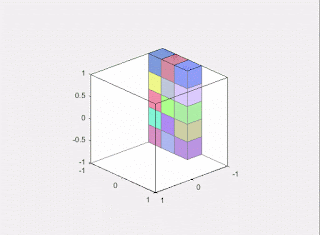|
|
| Table leg outer height |
mm |
| Table leg inner height |
mm |
| Cross Beam top length |
mm |
| Cross Beam cut-in (done on both sides) |
mm |
| Length Brace's length. |
mm |
| Total wood needed to buy |
mm |
|
| A = | | __ This can be lesser, gap is given incase tank can't fit inside back leg (due to length-ways stability bar jutting in way.) Simply make A shorter and the stability brace bar longer) |
| B = | |
| C = | |
| D = | |
| E = | |
| F = | |
| G = | |
| H = | |
| I = | |
| J = | |
| K = | |
<
The "length bar" should be very tightly snug ( a paper thickness.) And the wood strong enough and tight enough so that the legs stand up without falling in the wind. If you push it, without gluing the length-bar to the legs, it may or may not fall over. But once it is glued, it will more stronger.
Your kit can have the fishtank underneath the growbeds to minimize floorspace.
Any swirlfilter can be outside the table ( below the growbeds and out-flowing into the fishtank.)
Or the fishtank can be adjacent to the growbeds, both kinds on top of the table, to allow the sump tank to be underneath.
This depends on your configuration. So long as you have your growbeds-with-their-bell-siphons emptied by gravity, and one solar/electric water-pump from the bottom-tank going to the highest-tank. |  |
The table is four legs, where two legs are joined by the
top beam.
The two pairs are joined by the top
planks and a stabilizing
post that is 'box-joined' to the legs. |  |
The top beam rests on the legs,
and doesn't hang alongside the legs.
This is so that the weight of the tanks is supported by the
strength of the wood itself and not pushing the joints to
breaking point.
|  |
| The tabs are cut out from the corners of the two legs and
the top-beam.
|  |
These cuts provide a firm square join rather than just flat
leg clued on to the flat topbeam.
The numbers on the picture, just show which top-beam edge
matches which leg edge.
And each cut's length is
supposed to be half of the length of the plank used (i.e:
so if the plank is 10cm by 14 cm, then 5cm by 7 is cut
out.)
Pro-Tip: Make one peice at a time, so that you can trace
out where the cuts will fit on the next peice. this way you
can cut out the leg first, then the next leg, then place
the top-beam on top of the legs to pencil in where the
leg's tab goes. then cut the tabs out.
The horizontal beam should be atleast a 2.5cm (1 inch)
square beam, to connect the back legs together. (in other words, connecting the back leg of the left pair with the back leg of the right pair of legs. )
Because it is square post, 3 sides should be 'locked' by
the wood of the legs, this is a sort of dove-tail join.
Simply a square hole for the square post. Thus it
should be high enough above the bottom of the leg to let
the leg have no weak point if the post is too low.
|  |
Use "liquid nails"
glue to fix the legs onto the top-beam.
Use a
Spirit Level or right-angle thing to make sure the legs are
square at 90 degrees right-angles. And it is smart to put
the glued legs on a flat concrete newspapered floor, so
that the glue hardens straightly.
Then hammer 2 or three nails into
each corner, in the middle or at equal distances from the
edges.
You can use a nail-punch to make the hole
nice, and also use a drill on the nail's place to remove
some of the wood from under the nail, so that the nail
doesn't split your wood.
good luck. | 
|
| Now that you have your legs all square, glued, nailed and ready... |
|
|
|
|
|
The Final strength is added by the table top planks.













Comments
Post a Comment